Tipping The Balance: The Mental Skills Handbook For Athletes [Sport Psychology Series]
Nonfiction, Sports, Reference, Sports Psychology| Author: | Dr Martin Turner, Jamie Barker | ISBN: | 9781909125643 |
| Publisher: | Bennion Kearny | Publication: | December 5, 2014 |
| Imprint: | Smashwords Edition | Language: | English |
| Author: | Dr Martin Turner, Jamie Barker |
| ISBN: | 9781909125643 |
| Publisher: | Bennion Kearny |
| Publication: | December 5, 2014 |
| Imprint: | Smashwords Edition |
| Language: | English |
At the highest level, athletes are highly skilled, highly trained, and highly proficient machines. Take the 100m sprint for example. All of the athletes in the Olympic final can run sub-ten seconds. They are all fast! But on the day, the deciding factor is often not how fast they are, but rather, how fast they can run under the high pressure circumstances of an Olympic final. The ability to deal with pressure is not about any physical or technical skill, but is more about what goes on between the ears – in other words, it is psychological and about performing with freedom, dealing with distractions, regulating emotions, maintaining self-confidence, and trusting the body’s ability to deliver under pressure.
“The ability to produce a world-beating time is about how you use your mind to allow your body to function with freedom and fluency.”
Many athletes grow up with the philosophy that their mental approach to performance is fixed. They do the same things over and over again and expect excellence. But we know that mental approaches are not fixed. They are extremely changeable and adaptable, and therefore the greatest athletes can develop their mental approaches to fulfil their potential. Athletes who can deal with pressure enjoy their sport more, achieve excellence and are resilient to the demands of competition and training.
Tipping The Balance offers contemporary evidence-based and highly practical mental strategies that help an athlete to develop the crucial mental skills that enable them to thrive under pressure, perform consistently when it matters most, and enjoy the challenge of the big event.
This book is about empowering you - the athlete - no matter what level you perform at. In this book you will discover the secrets of how the world’s greatest athletes draw on cutting edge psychological skills to use what’s between their ears to maximize performance.
At the highest level, athletes are highly skilled, highly trained, and highly proficient machines. Take the 100m sprint for example. All of the athletes in the Olympic final can run sub-ten seconds. They are all fast! But on the day, the deciding factor is often not how fast they are, but rather, how fast they can run under the high pressure circumstances of an Olympic final. The ability to deal with pressure is not about any physical or technical skill, but is more about what goes on between the ears – in other words, it is psychological and about performing with freedom, dealing with distractions, regulating emotions, maintaining self-confidence, and trusting the body’s ability to deliver under pressure.
“The ability to produce a world-beating time is about how you use your mind to allow your body to function with freedom and fluency.”
Many athletes grow up with the philosophy that their mental approach to performance is fixed. They do the same things over and over again and expect excellence. But we know that mental approaches are not fixed. They are extremely changeable and adaptable, and therefore the greatest athletes can develop their mental approaches to fulfil their potential. Athletes who can deal with pressure enjoy their sport more, achieve excellence and are resilient to the demands of competition and training.
Tipping The Balance offers contemporary evidence-based and highly practical mental strategies that help an athlete to develop the crucial mental skills that enable them to thrive under pressure, perform consistently when it matters most, and enjoy the challenge of the big event.
This book is about empowering you - the athlete - no matter what level you perform at. In this book you will discover the secrets of how the world’s greatest athletes draw on cutting edge psychological skills to use what’s between their ears to maximize performance.
![Cover of the book Tipping The Balance: The Mental Skills Handbook For Athletes [Sport Psychology Series] by Dr Martin Turner, Jamie Barker, Bennion Kearny](https://www.kuoky.com/images/2014/december/500x500/9781909125643-PX7D_500x.jpg)
![Cover of the book Beatrix Potter: An Illustrated Travel Guide to Her Lakeland World [2015 Edition] by Dr Martin Turner, Jamie Barker](https://www.kuoky.com/images/2015/april/300x300/9781910773062-1Eop_300x.jpg)
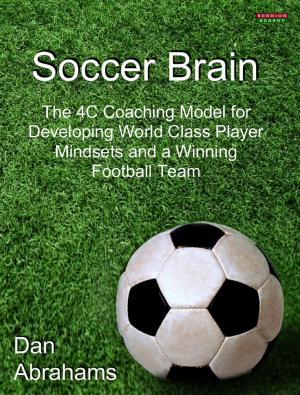
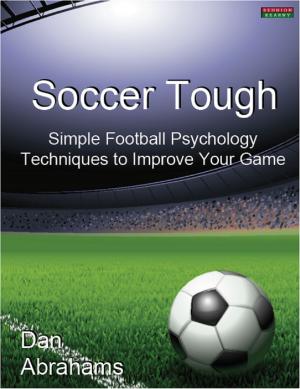

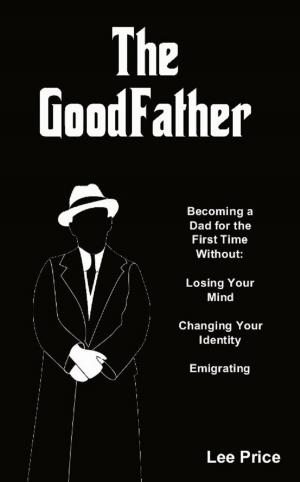
![Cover of the book The Travel Scam Survival Guide [2018 Edition] by Dr Martin Turner, Jamie Barker](https://www.kuoky.com/images/2018/april/300x300/9781910773598-fuPw_300x.jpg)

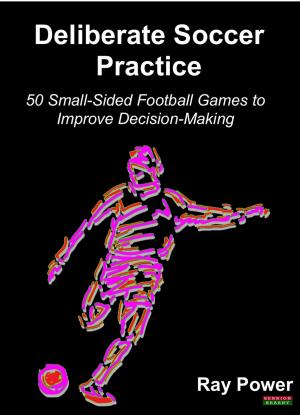

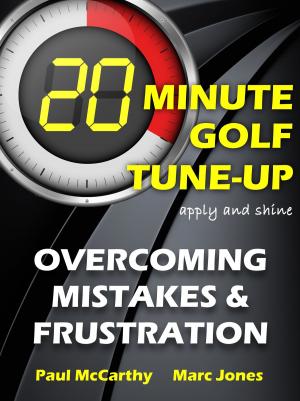

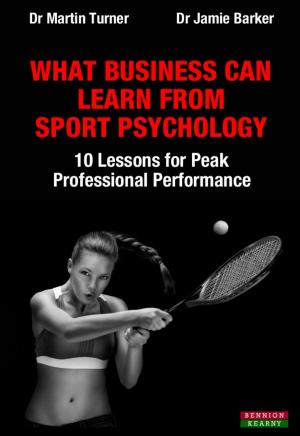
![Cover of the book Orkney Visitor's Guide 2017 [Travel Series] by Dr Martin Turner, Jamie Barker](https://www.kuoky.com/images/2017/january/300x300/9781910773437-gFzx_300x.jpg)

